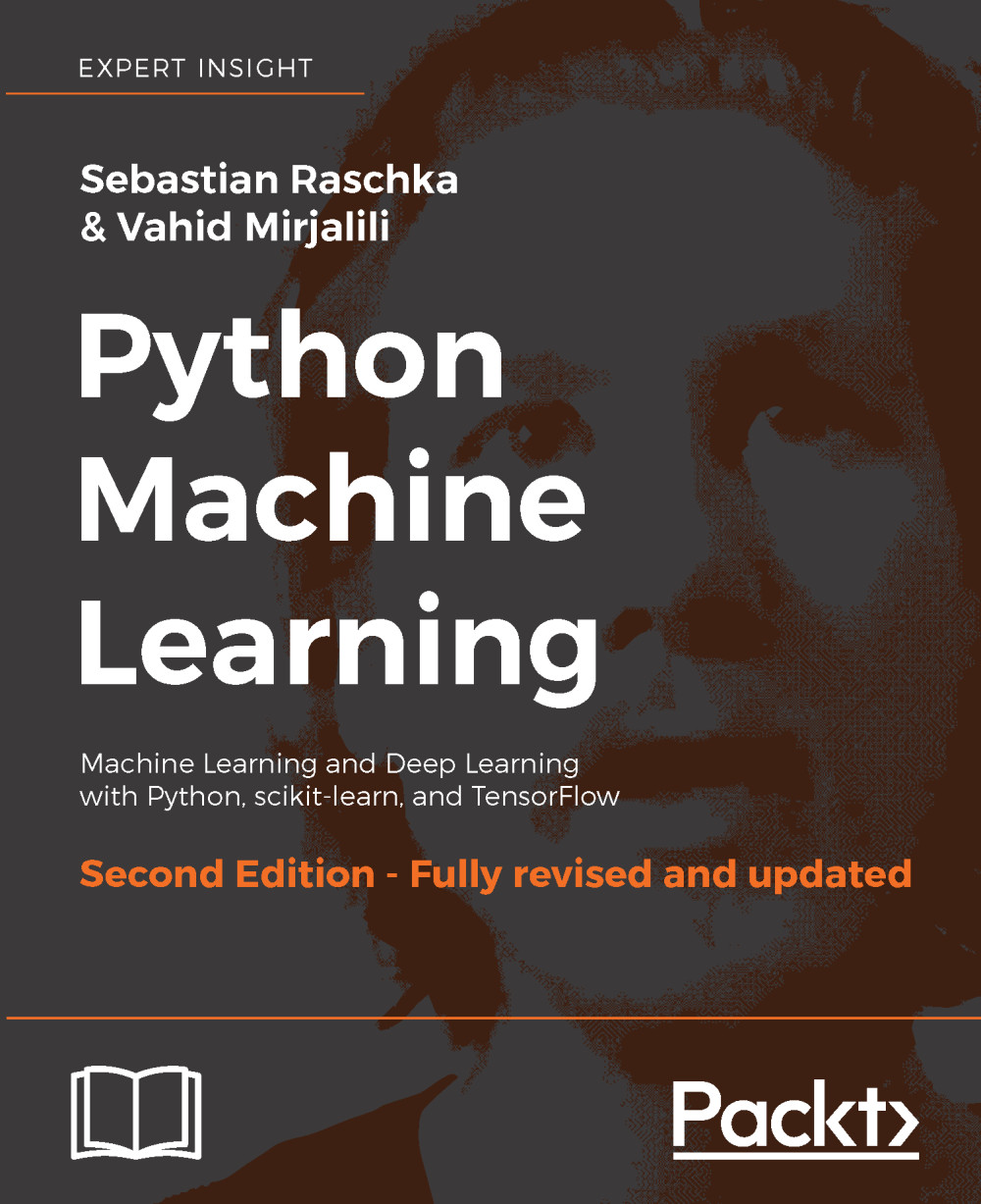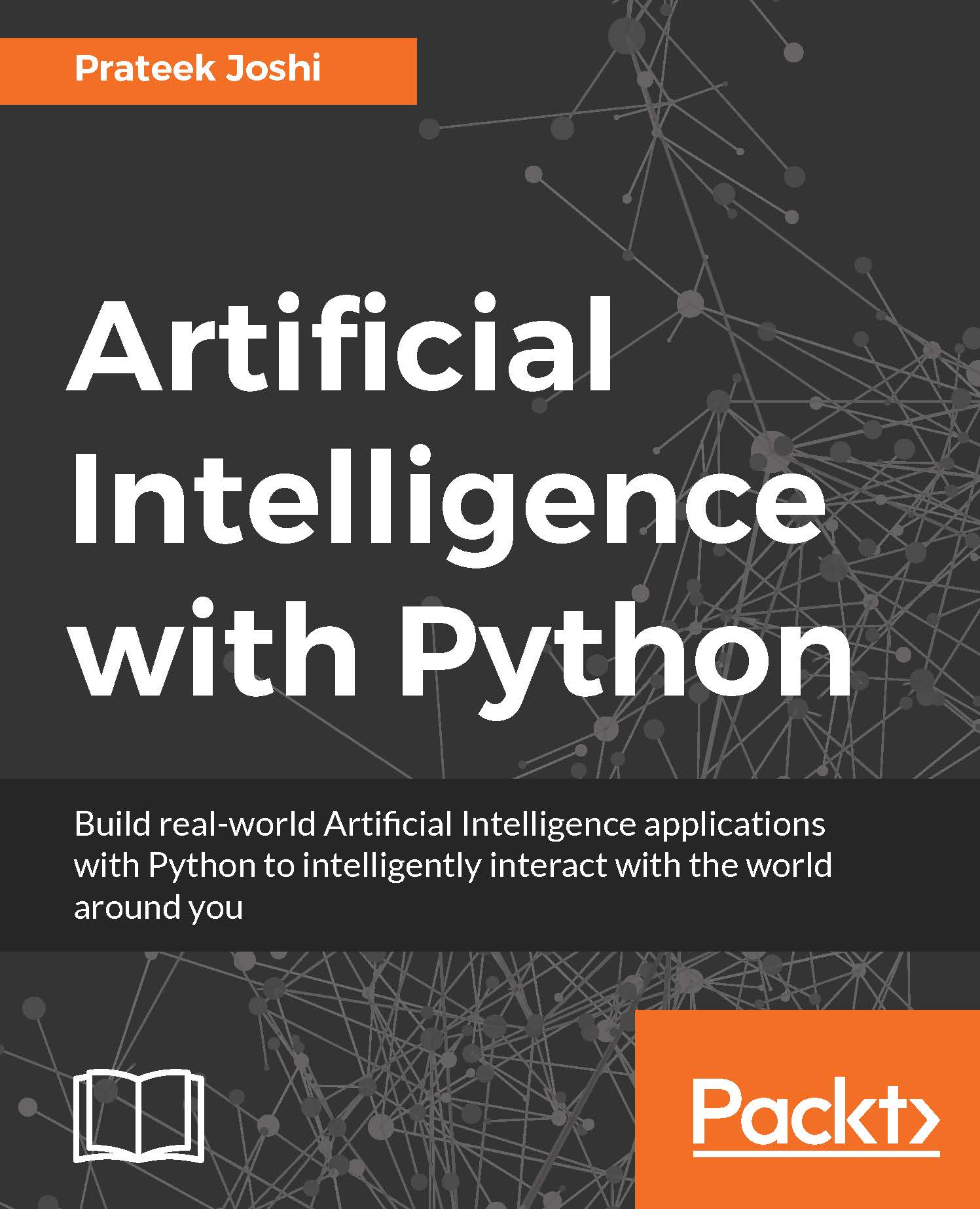Machine learning is a term coined around 1960 composed of two words—machine corresponding to a computer, robot, or other device, and learning an activity, or event patterns, which humans are good at.
So why do we need machine learning, why do we want a machine to learn as a human? There are many problems involving huge datasets, or complex calculations for instance, where it makes sense to let computers do all the work. In general, of course, computers and robots don't get tired, don't have to sleep, and may be cheaper. There is also an emerging school of thought called active learning or human-in-the-loop, which advocates combining the efforts of machine learners and humans. The idea is that there are routine boring tasks more suitable for computers, and creative tasks more suitable for humans. According to this philosophy, machines are able to learn, by following rules (or algorithms) designed by humans and to do repetitive and logic tasks desired by a human.
Machine learning does not involve the traditional type of programming that uses business rules. A popular myth says that the majority of the code in the world has to do with simple rules possibly programmed in Cobol, which covers the bulk of all the possible scenarios of client interactions. So why can't we just hire many software programmers and continue programming new rules?
One reason is that defining, maintaining, and updating rules becomes more and more expensive over time. The number of possible patterns for an activity or event could be enormous and therefore exhausting all enumeration is not practically feasible. It gets even more challenging to do so when it comes to events that are dynamic, ever-changing, or evolve in real-time. It is much easier and more efficient to develop learning rules or algorithms which command computers to learn and extract patterns, and to figure things out themselves from abundant data.
Another reason is that the volume of data is exponentially growing. Nowadays, the floods of textual, audio, image, and video data are hard to fathom. The Internet of Things (IoT) is a recent development of a new kind of Internet, which interconnects everyday devices. The Internet of Things will bring data from household appliances and autonomous cars to the forefront. The average company these days has mostly human clients, but, for instance, social media companies tend to have many bot accounts. This trend is likely to continue and we will have more machines talking to each other. Besides the quantity, the quality of data available has kept increasing over the past few years due to cheaper storage. These have empowered the evolution of machine learning algorithms and data-driven solutions.
Jack Ma from Alibaba explained in a speech that Information Technology (IT) was the focus over the past 20 years and now, for the next 30 years, we will be at the age of Data Technology (DT). During the age of IT, companies have grown larger and stronger thanks to computer software and infrastructure. Now that businesses in most industries have already gathered enormous amounts of data, it is presently the right time for exploiting DT to unlock insights, derive patterns, and to boost new business growth. Broadly speaking, machine learning technologies enable businesses to better understand customer behavior and engage with customers, also to optimize operations management. As for us individuals, machine learning technologies are already making our life better every day.
An application of machine learning that we all are familiar with is spam email filtering. Another is online advertising where ads are served automatically based on information advertisers have collected about us. Stay tuned for the next chapters where we will learn how to develop algorithms in solving these two problems. An application of machine learning we basically can not live without is search engines. Search engines involve information retrieval which parses what we look for and queries related records, and contextual ranking and personalized ranking which sorts pages by topical relevance and to the user's liking. E-commerce and media companies have been at the forefront of employing recommendation systems, which help customers find products, services, articles faster. The application of machine learning is boundless and we just keep hearing new examples everyday, credit card fraud detection, disease diagnosis, presidential election prediction, instant speech translation, robo-advisor, you name it!
In the 1983 War Games movie, a computer made life and death decisions, which could have resulted in Word War III. As far as we know, technology wasn't able to pull off such feats at the time. However, in 1997 the Deep Blue supercomputer did manage to beat a world chess champion. In 2005, a Stanford self-driving car drove by itself for more than 130 kilometers in a desert. In 2007, the car of another team drove through regular traffic for more than 50 kilometers. In 2011, the Watson computer won a quiz against human opponents. In 2016, the AlphaGo program beat one of the best Go players in the world. If we assume that computer hardware is the limiting factor, then we can try to extrapolate into the future. Ray Kurzweil did just that and according to him, we can expect human level intelligence around 2029. What's next?
 United States
United States
 Great Britain
Great Britain
 India
India
 Germany
Germany
 France
France
 Canada
Canada
 Russia
Russia
 Spain
Spain
 Brazil
Brazil
 Australia
Australia
 Singapore
Singapore
 Canary Islands
Canary Islands
 Hungary
Hungary
 Ukraine
Ukraine
 Luxembourg
Luxembourg
 Estonia
Estonia
 Lithuania
Lithuania
 South Korea
South Korea
 Turkey
Turkey
 Switzerland
Switzerland
 Colombia
Colombia
 Taiwan
Taiwan
 Chile
Chile
 Norway
Norway
 Ecuador
Ecuador
 Indonesia
Indonesia
 New Zealand
New Zealand
 Cyprus
Cyprus
 Denmark
Denmark
 Finland
Finland
 Poland
Poland
 Malta
Malta
 Czechia
Czechia
 Austria
Austria
 Sweden
Sweden
 Italy
Italy
 Egypt
Egypt
 Belgium
Belgium
 Portugal
Portugal
 Slovenia
Slovenia
 Ireland
Ireland
 Romania
Romania
 Greece
Greece
 Argentina
Argentina
 Netherlands
Netherlands
 Bulgaria
Bulgaria
 Latvia
Latvia
 South Africa
South Africa
 Malaysia
Malaysia
 Japan
Japan
 Slovakia
Slovakia
 Philippines
Philippines
 Mexico
Mexico
 Thailand
Thailand
















